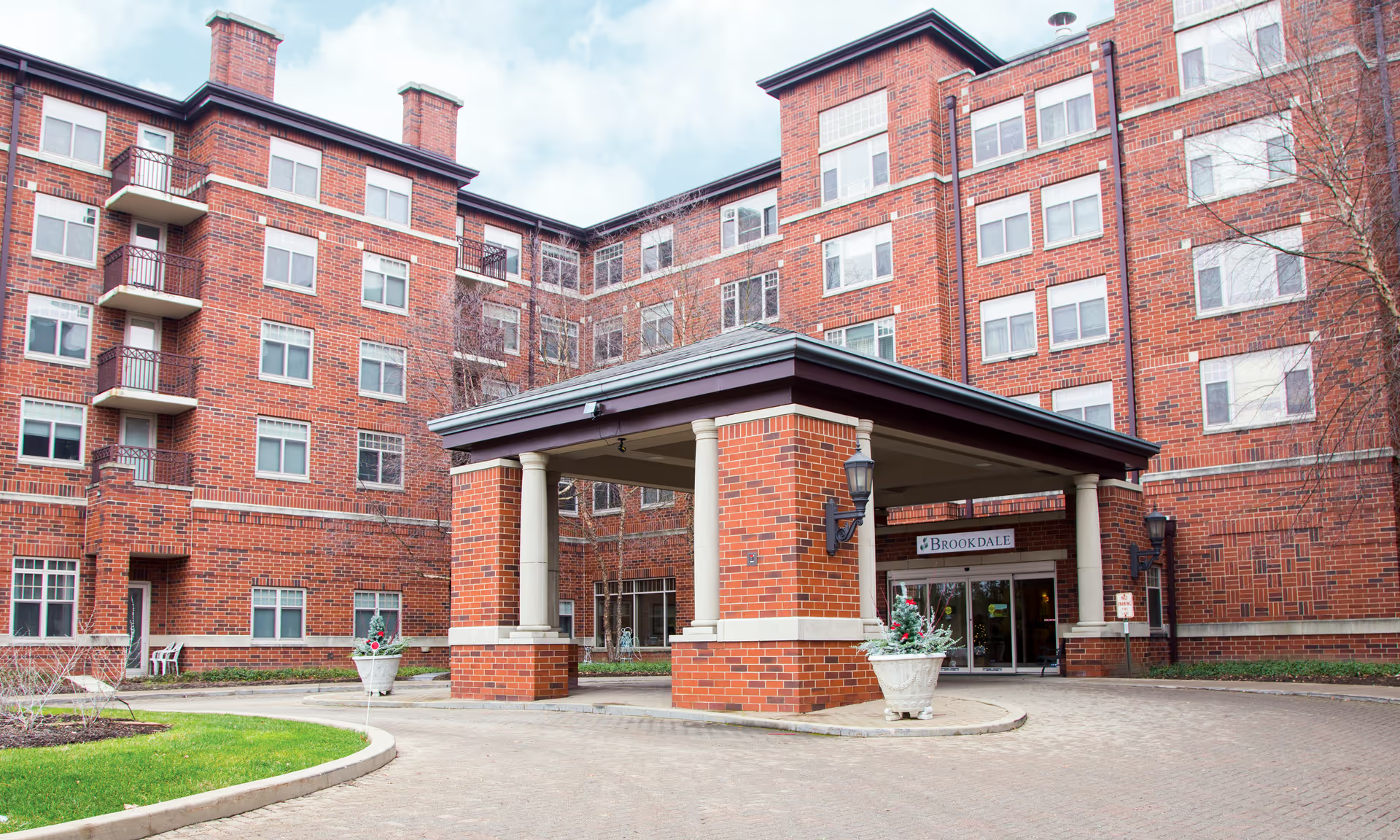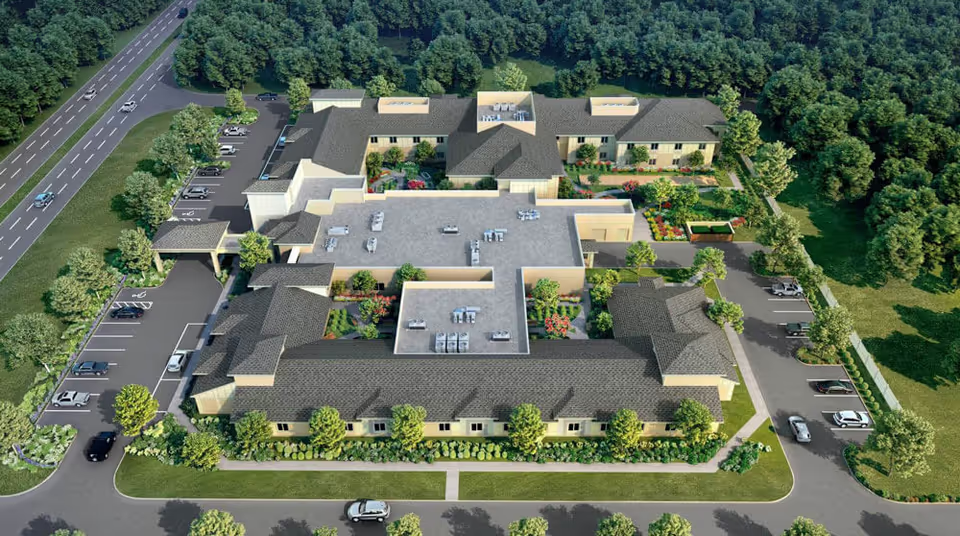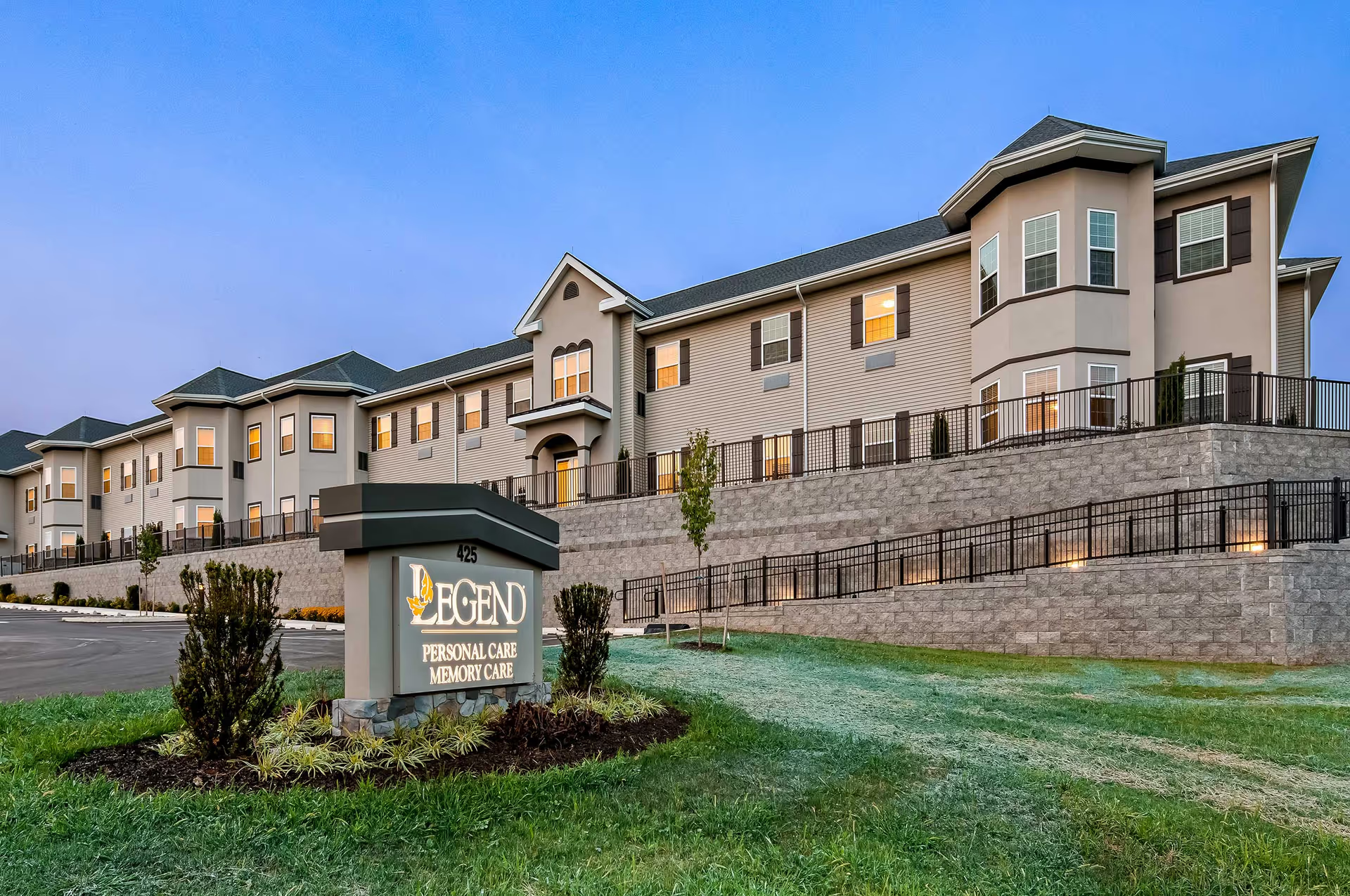Overall sentiment in these reviews is mixed and polarized: several reviewers praise the facility’s location, renovations, core values, and staff warmth, while other reviewers raise serious, specific concerns about care, staffing, and management responsiveness. Positive commentary centers on the look and feel of the building, the downtown Greenville setting, and interpersonal warmth from many front‑line employees. Negative commentary centers on operational and clinical shortcomings—some of which are severe and require careful attention from prospective families.
Care quality is the most divisive theme. Multiple reviews assert that the facility failed to deliver promised care, with specific allegations that residents were not checked on regularly and were not encouraged to participate in meals; one review states a resident died after admission. Conversely, other reviewers explicitly commend individual caregivers for compassion and describe the staff as “a blessing to residents.” This split suggests that experiences may vary substantially by unit, shift, or the particular staff on duty. The presence of repeated, specific complaints about neglect, combined with at least one very serious adverse outcome, elevates these concerns from isolated gripes to systemic red flags that warrant investigation.
Staffing and training appear to be ongoing issues. Several reviewers report chronic short staffing (one even reports only two aides covering all residents), which directly ties to missed care and lack of supervision. There are also explicit statements that memory care staff are not properly trained. At the same time, other comments describe staff as kind, family‑oriented, and proud to work there, indicating that while some employees provide excellent personal care and hospitality, staffing levels and training consistency may be insufficient to sustain reliable, skilled care across the community.
Activity programming and resident engagement are another mixed area. Some reviews note attempts to arrange seating and that student involvement was appreciated; others report an unhelpful activity director, lack of audience for events, and volunteers being ignored. This suggests that while there are resources and goodwill for enrichment (including students and volunteers), implementation and staff support for activities can be inconsistent—reducing the effectiveness of programming and resident participation when staffing or coordination falters.
Communication and management responsiveness are recurring concerns. Several reviewers report poor communication, unresolved complaints, and a perception that the facility has a money‑focused approach rather than a resident‑first orientation. Complaints about specific staff members also point to potential personnel management or training gaps. Meanwhile, some reviewers note that the community has strong stated values and an Inspirit culture that feels different from prior ownership, indicating that leadership changes or branding may have improved some aspects of mission/identity even as operational challenges remain.
Facility, location, and community partnerships are clear strengths. The property is repeatedly described as beautiful and tranquil with appealing Southern charm; the central downtown Greenville location is praised, and partnerships (for example with Assisted Living Locators Greenville) are seen as community‑oriented assets. Many reviewers explicitly say the place “feels like home,” highlight renovations, and commend the community for being a great partner in the city—factors that may strongly influence resident quality of life when clinical and staffing issues are addressed.
Patterns and implications: reviewers commonly cluster into two groups—those who experience warm, attentive staff and a lovely physical environment, and those who experience understaffing, poor clinical oversight, and inadequate management follow‑through. The most serious patterns are repeated reports of understaffing, poor memory‑care training, failure to monitor basic needs, unresolved family complaints, and at least one report of a resident death after admission. These items suggest systemic risk areas rather than one‑off events.
Recommendations for readers interpreting these reviews: weigh the positive cultural and environmental attributes against the clinical and operational concerns. If considering The Parker, verify current staffing ratios (especially in memory care), ask about training and certification for dementia care staff, request documentation of complaint resolution procedures and recent inspection or incident reports, and seek references from current families. A site visit during different shifts (including evenings/weekends) and direct conversations with families will help determine whether the facility’s praised strengths are matched by consistent, reliable caregiving and management responsiveness.







